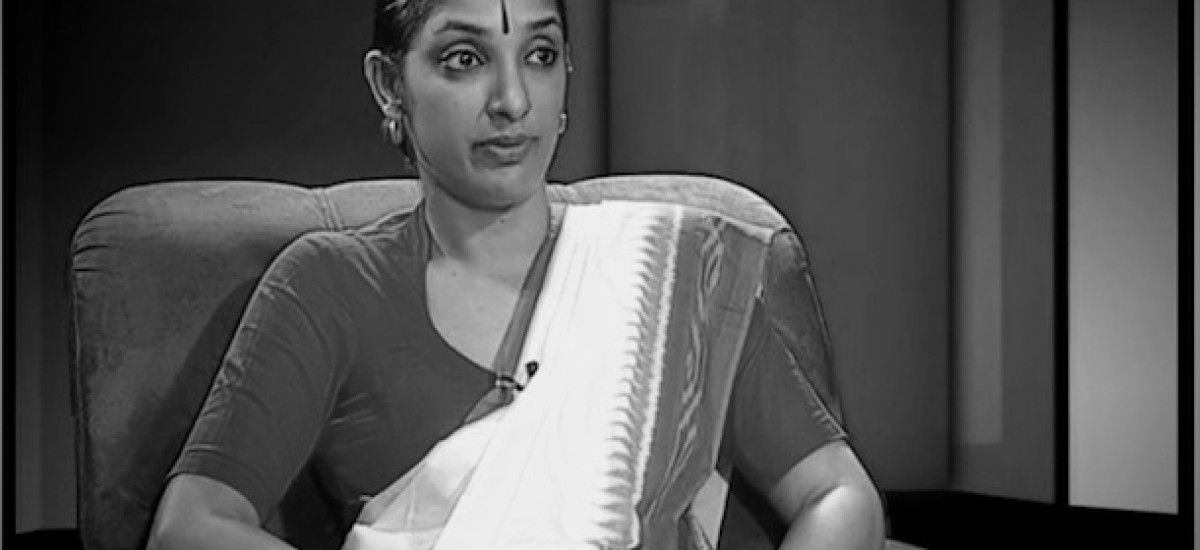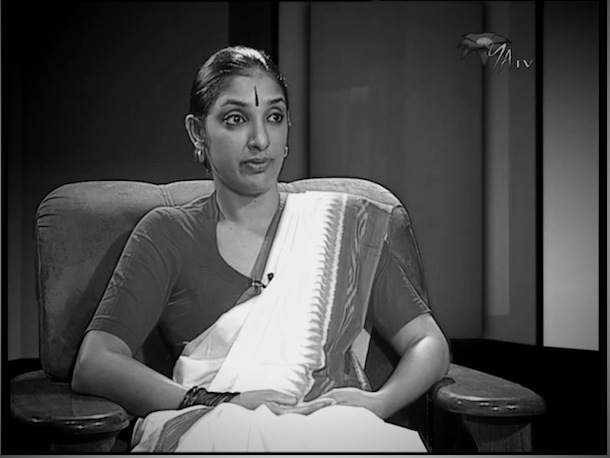Heshma Wignaraja is the Artistic Director of the Chitrasena Dance Company. Just recently, Groundviews featured an interview with her grand-mother Vajira, rightly often referred to as Sri Lanka’s Prima Ballerina. In the interview, Heshma addresses a question as to how difficult it is to carry on the rich dance traditions of her parents and grandparents in particular, and whether this tradition actually thwarts the evolution of dance.
Heshma the choreographer is better known to contemporary audiences than Heshma the dancer, a point in fact I pose to her at the end of the interview. This interview goes into how Heshma began dance and how from years in the US, after the passing of Chitrasena her grandfather, she came back to Sri Lanka to immerse herself in the Chitrasena Dance Company’s productions. Heshma, in an interview done in 2006, was doubtful whether she and the dance productions did justice to Chitrasena legacy. In 2011, after several critically acclaimed productions to her credit, I ask her whether she is any more confident of the Company’s productions living up to the standards of her grand-father. We also speak of the nature of contemporary dance in Sri Lanka, and the fact that few dancers today are grounded in robust technique or rigorous training. Pegged to what I noted in the review of Dancing for the Gods, we also speak about how difficult it is to train and rely on dancers outside the family, given that once they make a name for themselves, they often branch out and leave the Company behind.
We speak about how difficult it is for a woman to be part of what is a predominantly male Kandyan dance tradition and form. Given the changing nature of audiences, I ask Heshma who she sees as her audience – her answer is interesting, noting that it is not just an older generation interested in the Company’s productions. Towards the end of the interview, I ask Heshma about her approach to choreography, the sources of her inspiration and choreography’s place in a dance production.


